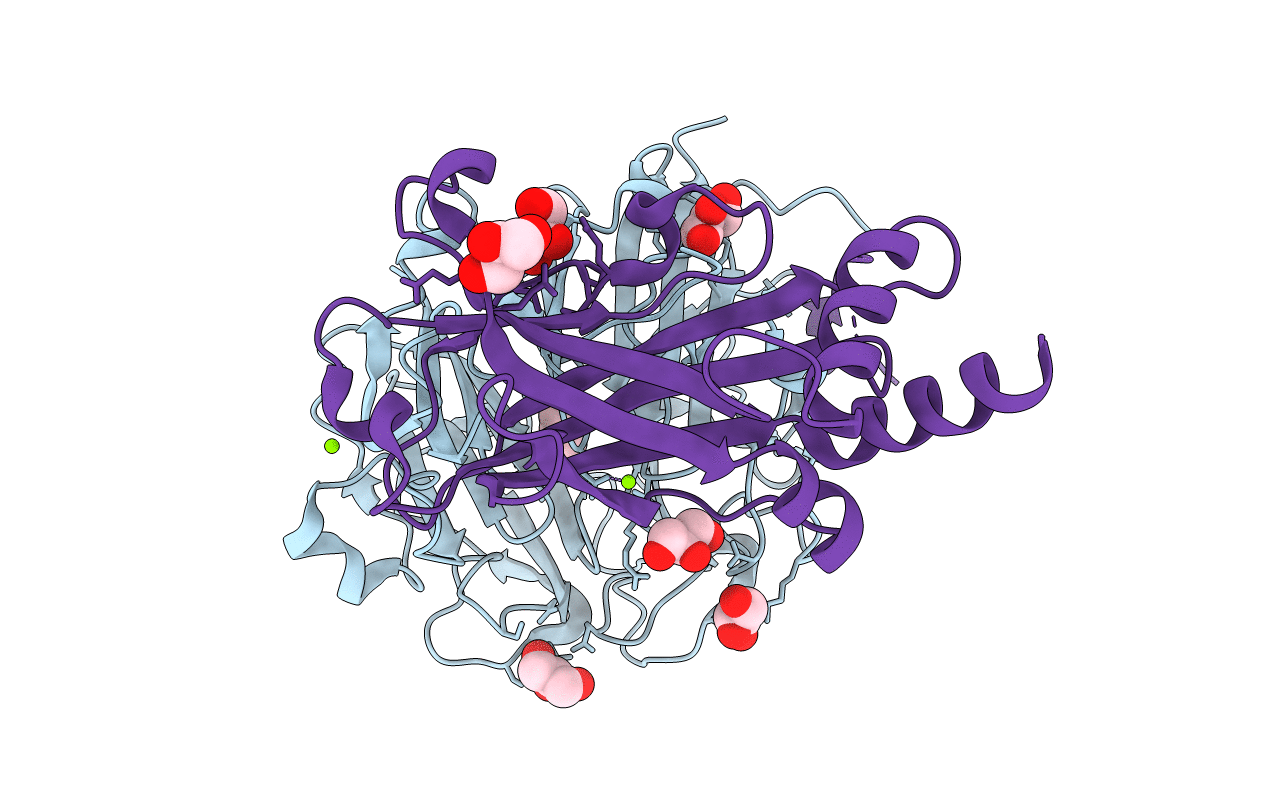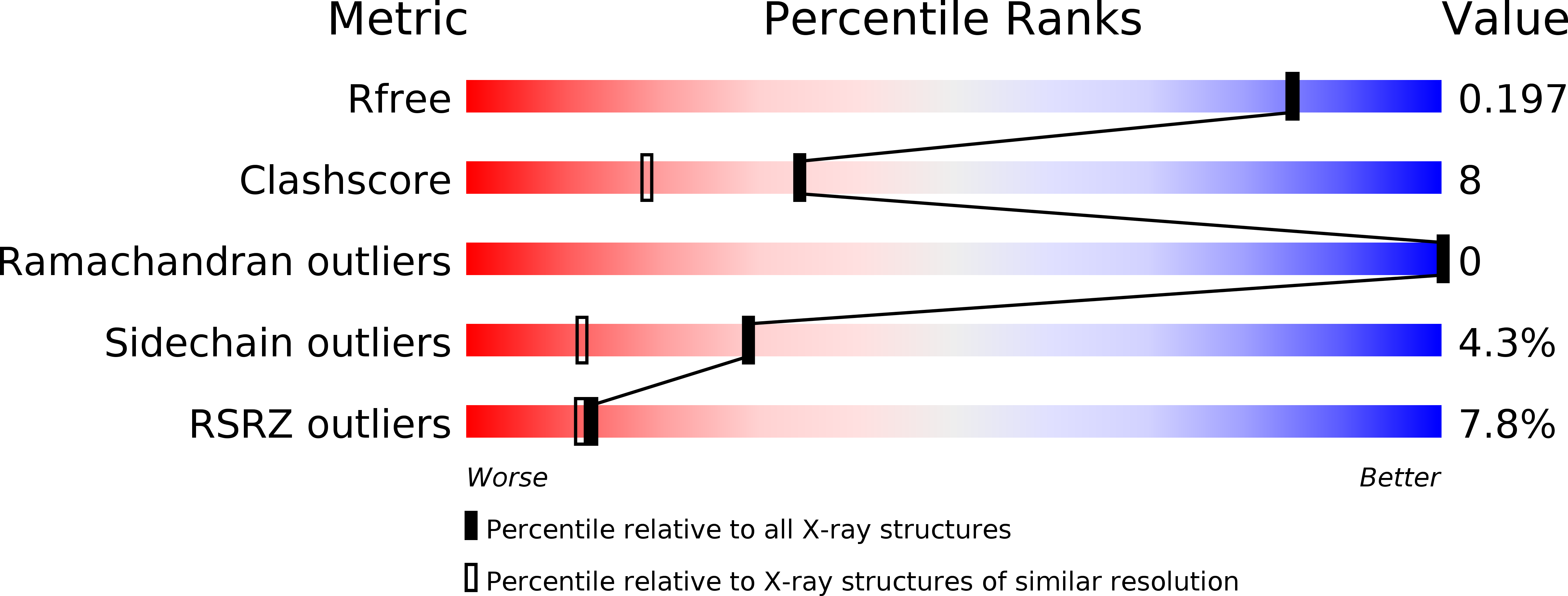
Deposition Date
2014-05-05
Release Date
2014-07-30
Last Version Date
2024-11-27
Entry Detail
PDB ID:
4QAM
Keywords:
Title:
Crystal Structure of the RPGR RCC1-like domain in complex with the RPGR-interacting domain of RPGRIP1
Biological Source:
Source Organism:
Homo sapiens (Taxon ID: 9606)
Host Organism:
Method Details:
Experimental Method:
Resolution:
1.83 Å
R-Value Free:
0.19
R-Value Work:
0.16
R-Value Observed:
0.16
Space Group:
P 21 21 21


